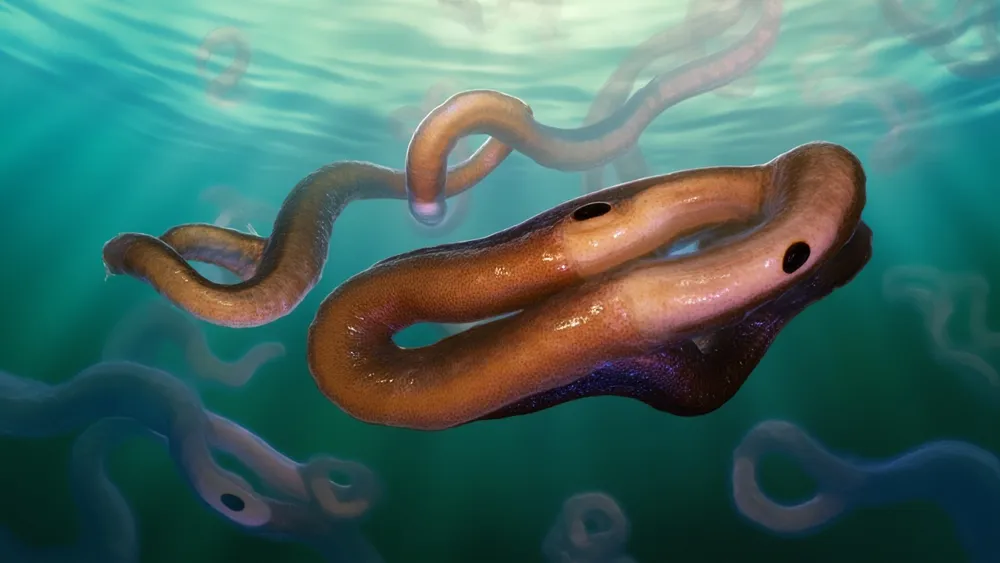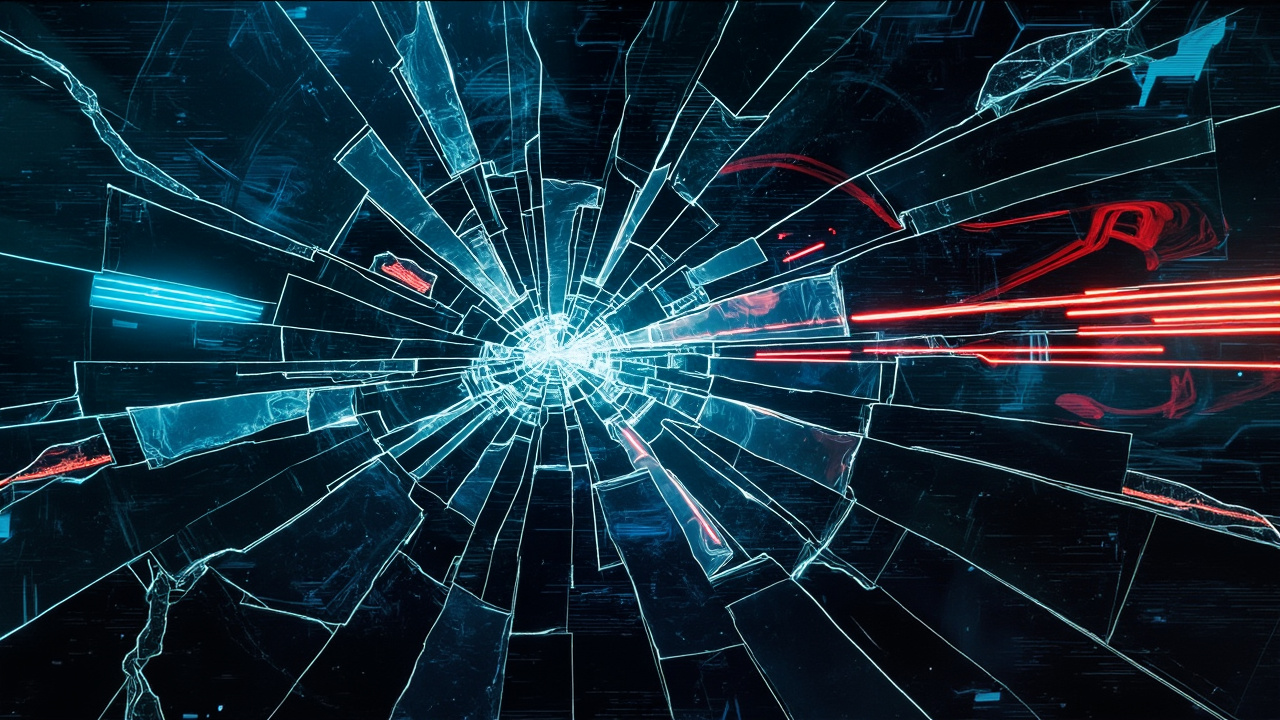Planarians: Game Changers in Regenerative Medicine

The exploration of planarian flatworms and their regenerative abilities addresses a significant gap in our understanding of regenerative medicine. As humanity grapples with aging populations and the challenges of organ shortage, enticing developments like this offer a glimpse into a future where biological limitations may be overridden. The recent mission on April 24, 2025, as part of China's Shenzhou 20 program, not only fuels scientific curiosity but also highlights the versatility of these organisms in microgravity environments, potentially providing answers that could transform medical science.
Planarian flatworms, often regarded as a biological marvel, possess extraordinary regeneration capabilities. They can regenerate their entire body from fragments, demonstrating cellular plasticity that has intrigued scientists for over a century. Recent studies revealed that even if a flatworm is sliced into280 pieces, each segment can develop into a complete organism. This sparks immense curiosity regarding the mechanisms behind their regeneration. As the Shenzhou 20 mission aims to identify how microgravity affects the flatworms' regeneration, it raises pivotal questions: Can we unlock similar regenerative processes in humans? Moreover, can the insights gained from their genetic makeup—such as the significant similarity to human genes involved in regeneration—hold the key to advancements in tissue engineering or anti-aging therapies?
One of the most promising revelations links the regenerative gene found in flatworms with a similar gene in humans. This suggests a mutual evolutionary ancestor shared by both species, thereby hinting at potential pathways to harness regenerative abilities in medical science. Furthermore, the remarkable characteristic of flatworms to maintain their youth through active telomerase—an enzyme that protects DNA—contrasts sharply with human biology, where this mechanism is shut down after reaching adulthood. This could suggest that understanding the flatworm’s cellular longevity could revolutionize how we approach aging and regenerative medicine. The experiments being conducted in space could refine our perspective of biological resilience and the impact of environment on cellular functions. If successful, we may find ourselves on the threshold of a new era in medicine where organ factory practices are no longer a futuristic dream but a tangible reality. Additionally, the prospects of memory preservation—akin to digital backups—could fundamentally alter our understanding of cognition and identity.
The implications of these discoveries are profound, suggesting that planarians could redefine how we approach medical challenges. As scientists excavate the depths of life found within these unassuming organisms, we must wonder: can we truly bridge the chasm between their biology and ours? If so, what ethical considerations should accompany such groundbreaking advancements in regenerative medicine?
Read These Next

Frugal Innovation: Changing Lives with Local Materials
This article explores the concept of frugal innovation through examples of Indian start-ups creating affordable and sustainable products using local materials, highlighting their societal impact and contribution to economic growth.

BYD Unveils Latest Electric Vehicle Innovations in 2023
Li Yunfei of BYD addressed industry disputes, affirming compliance with regulations and highlighting NEV development challenges.

NatWest App Outage: A Reality Check for Banking Technology
An article examining the NatWest app outage, discussing its implications for banking technology and consumer frustration while highlighting systemic issues in fintech resilience.
